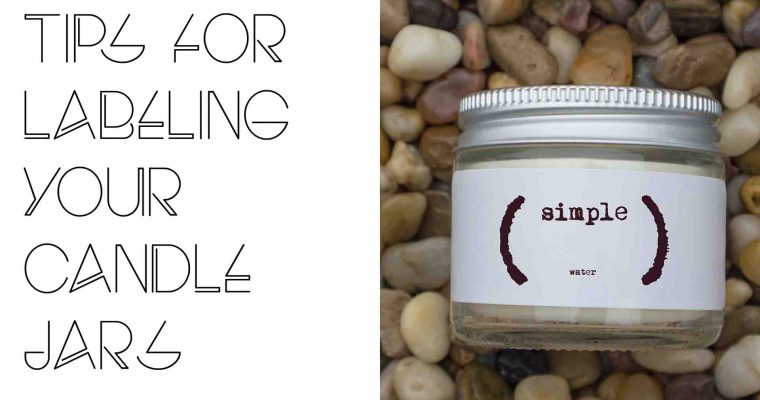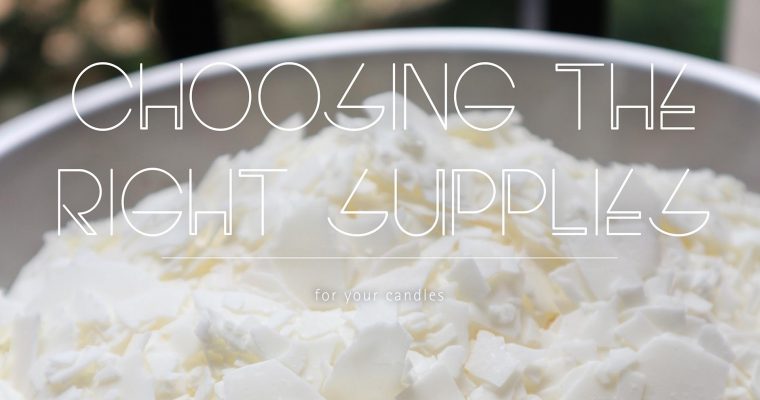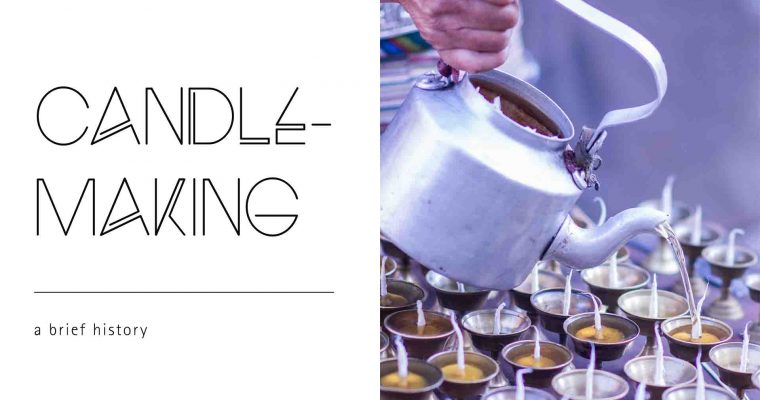How To Start A Cupcake Business at Home
If you have a well-known knack for creating the perfect cupcake, you could possibly earn a side income by starting a cupcake business at home. However, there are some finer details to work out before you go full steam ahead with your new business. Here …










